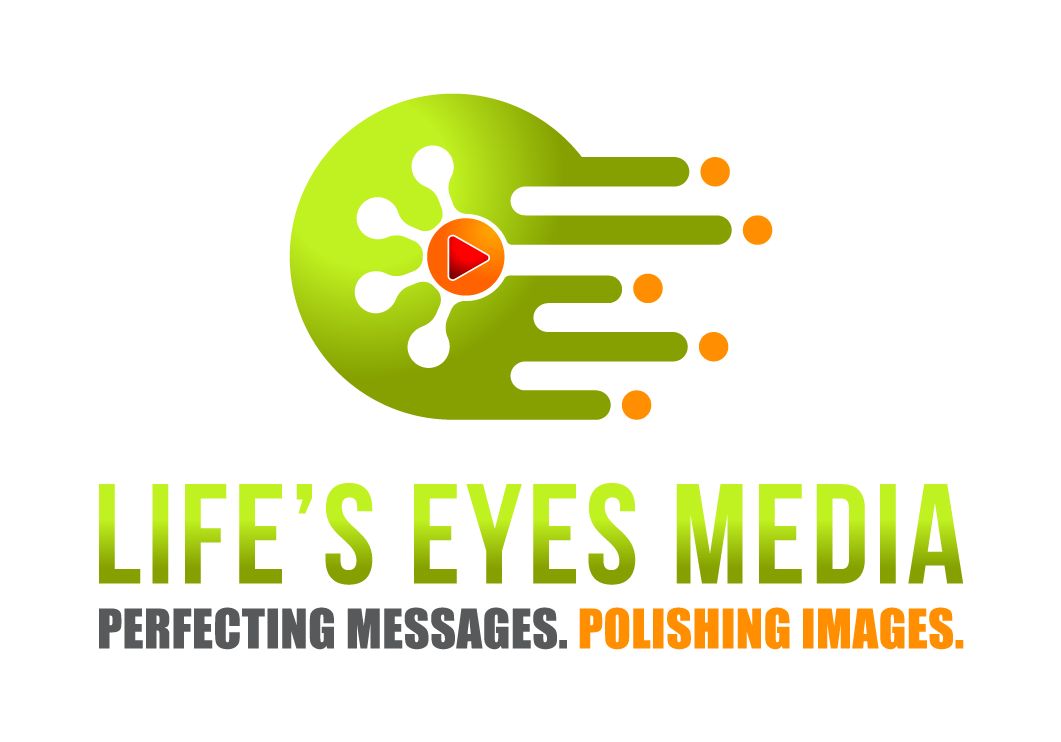A lot. We’re talking about the global event, and there are lessons from it that will long outlast memories of Ryan Lochte’s mint green hair dye (and equally bizarre legal problems). Significant trends were on display in the way Olympic coverage was organized, framed, and presented. Here are three big takeaways:
1. Visual communication is shorter, bolder, and faster (through movement) than ever. This is illustrated in the open to NBC’s Olympic Opening Ceremony coverage (http://stream.nbcolympics.com/nbc-day-0-primetime). Graphics are brightly and boldly colored — rich and lush — making the most of UHD, 4K, and every other advance in viewing since London 2012. Graphic titles and subtitles use the fewest words possible, bold font, and high point size. The equation, fewer words = more communication power, reigns supreme (http://www.newscaststudio.com/tag/nbc-olympics/). And as far as movement? If it isn’t flying in a drone, swinging on a jib, being worn on someone’s clothing — or capturing a moving object —it’s a secondary camera. If it moves, it wins. Bottom line: Today’s visual communication is clear, concise, captivating, and full of meaningful movement.
2. The saying goes, “No one notices when audio is done right, but everyone notices when it isn’t.” Too many videos — for all types of organizations and all types of audiences — are simply silent. And that’s the greatest audio mistake. You and your collateral production partner must think through music, natural sound, sound effects, and voiceover — before a shoot — or risk creating a video that fails to reach its potential. Note the use of audio elements in the NBC Olympic open (above) to create a tightly woven mega message that scintillates — through sight and sound.
3. If you’re not social, you’re dead. Social media and its influence are familiar topics in this space. We can draw from coverage of the Olympics that this influence is now Olympic-sized. Rarely did a segment of NBC broadcast Olympic coverage begin without reference to at least one social media platform. Your brand message must harness the same level of coordination, or risk being lost in the noise of the Digital Age. You need to know which social platforms make sense for your organization; what the collateral demands are for each; and how to coordinate them for maximum impact. It’s particularly interesting to note that the broadcast ratings at the start of this year’s Rio Games were the lowest since the 1992 Games in Atlanta. But as chatter grew on social media about various athletes and their accomplishments, the broadcast numbers rebounded. The social tail wagged the TV dog. And that’s a gold medal-worthy achievement.
